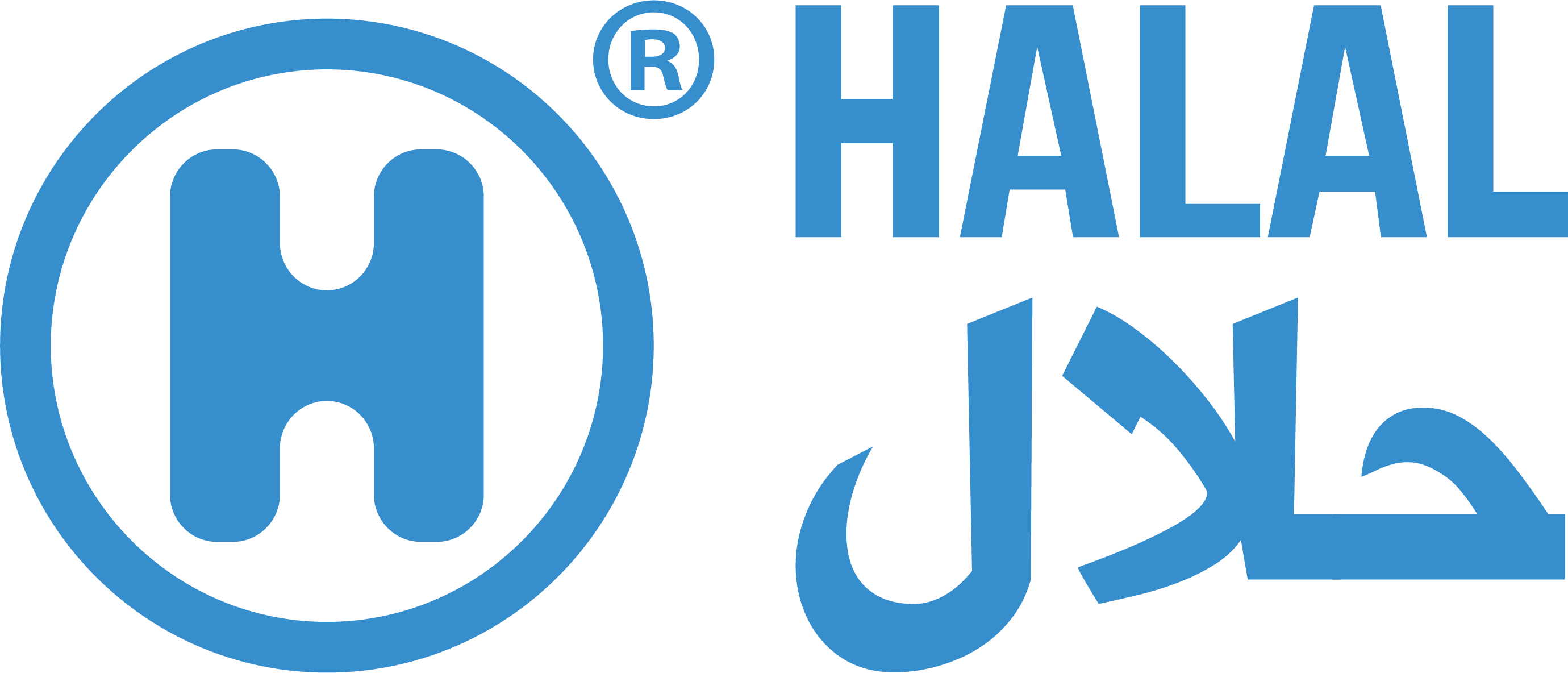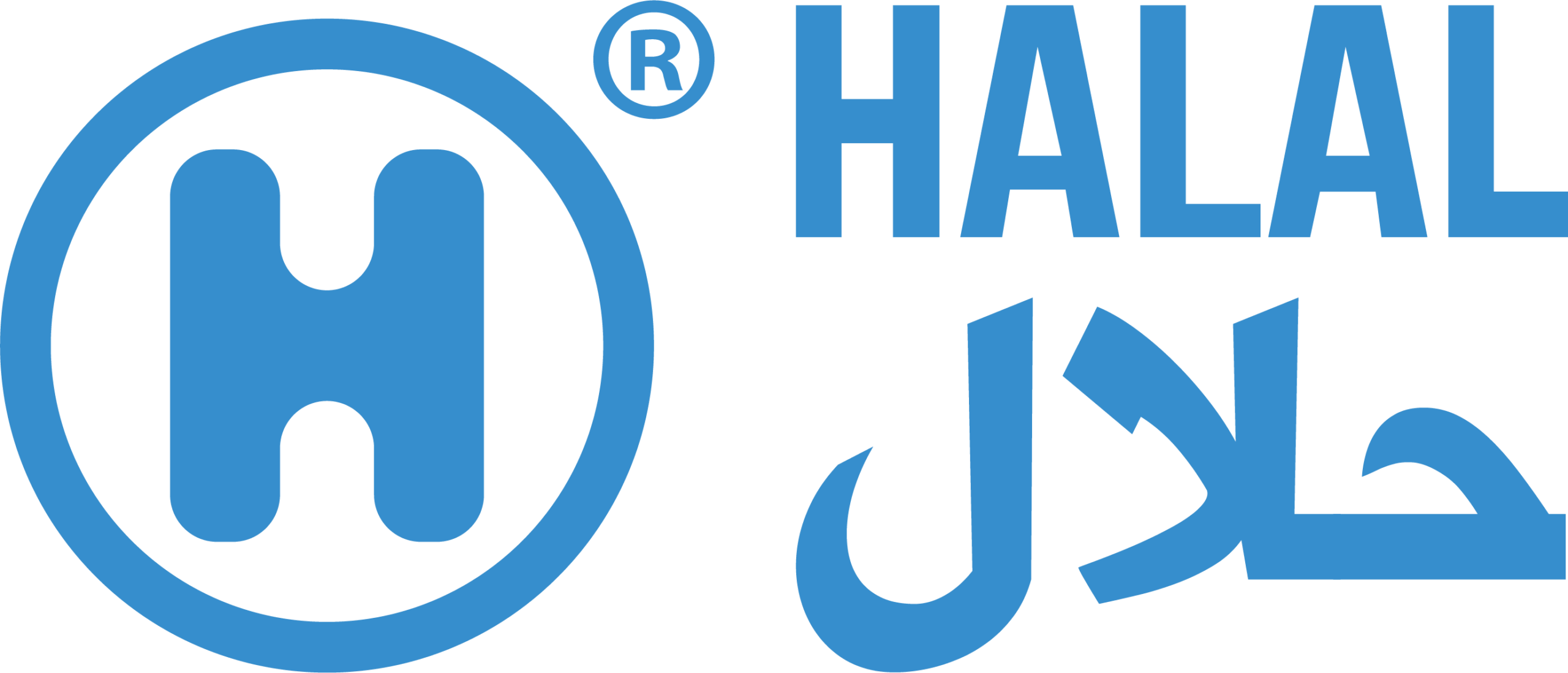The Global Islamic Economy Indicator (GIEI) offers a comprehensive picture of countries that are currently best positioned to address the multi-trillion-dollar global halal economy opportunity.
In its eighth year, the purpose of the GIEI is to benchmark the leading national ecosystems best able to support the development of Islamic economy business activity relative to their size. The GIEI is a composite weighted index that measures the overall development of the Islamic economic sectors by assessing the performance of its parts in line with its broader social obligations. It is made up of 49 metrics organized into four components for each of the seven sectors of the Islamic economy (Islamic finance, halal food, Muslim-friendly travel, modest fashion, media/recreation, halal pharmaceuticals/cosmetics). The different components that make up the indicator are as follows:
◼ Financial sub-indicators: metrics that gauge the size of the sector.
◼ Governance sub-indicators: metrics to gauge the halal certification and Shariah regulatory landscape (as applicable).
◼ Awareness sub-indicators: metrics to understand the extent of awareness the sector has built through the press as well as through related events.
◼ Social sub-indicators: metrics to understand the social impact of the sector.
The GIEI is calculated by applying a weightage to each of the sector indicators. This weightage is the proportion of the sector’s consumer spend when compared to the Islamic economy spend as a whole. Accordingly, the Islamic finance and halal food sectors are accorded the highest weightage. Data used in the calculation of the indicator is from 2019 and does not account for the impact of COVID-19.
To enhance the indicator as it moves towards its second decade, some changes are being introduced into the methodology. The Indicator coverage has been extended from 73 to 81 countries. Eight countries have been added to the indicator, including Spain, Bosnia and Herzegovina, and Japan. In addition, the food exports to OIC countries metric has been expanded to include total exports across 23 food sub-sector Harmonized Codes (HC), compared to ‘meat and live animals’ exports as the only sector that was considered earlier (see methodology section for further details).




